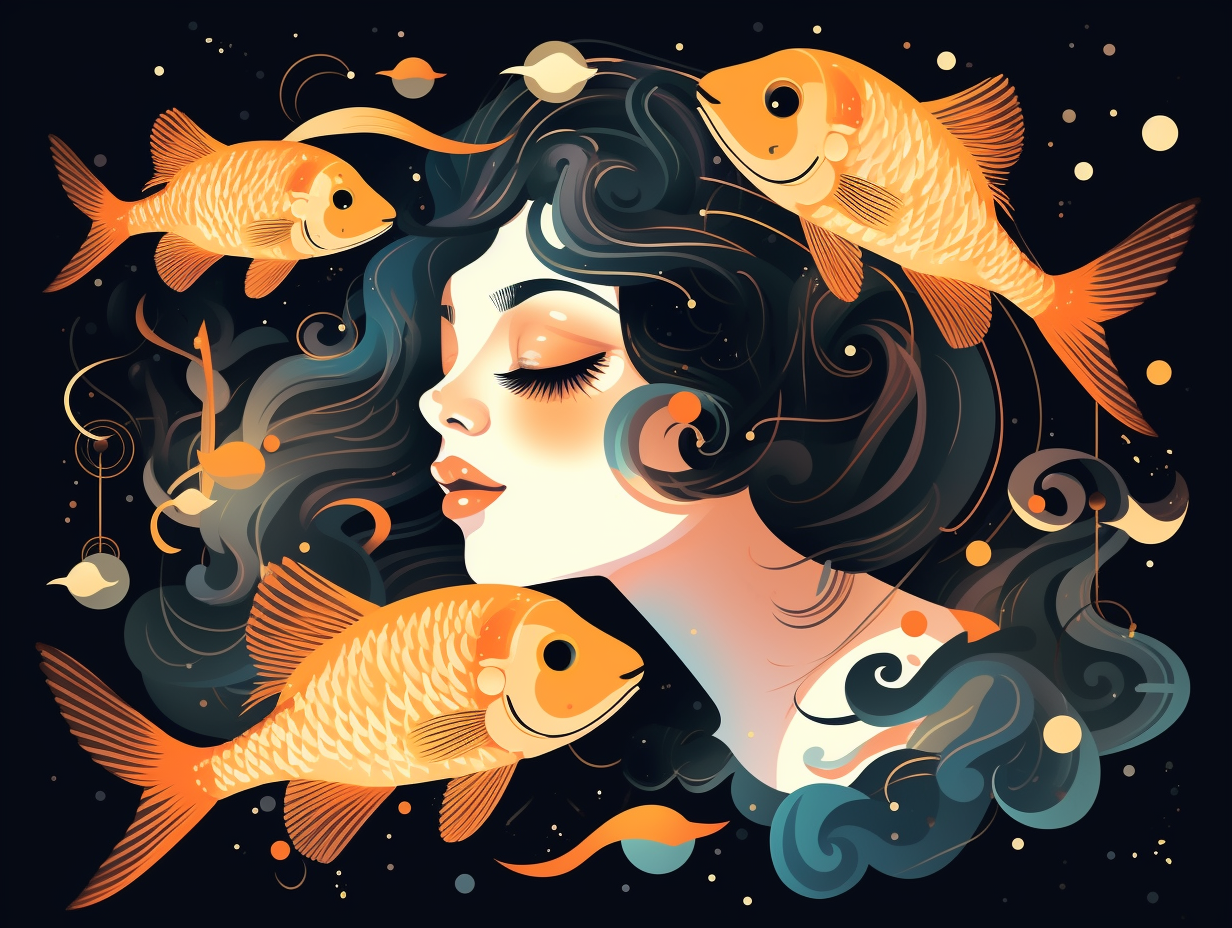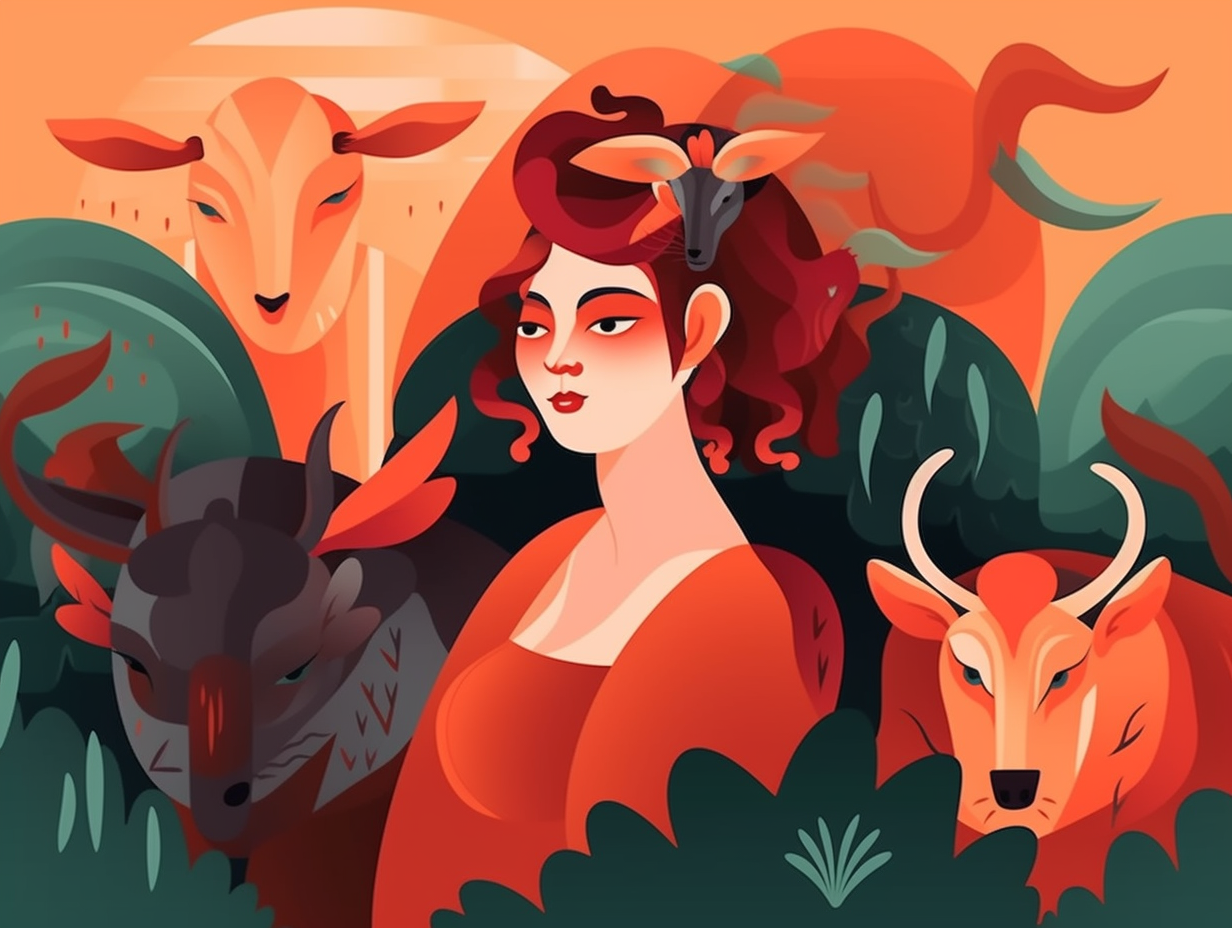Discover the Magic: Top 11 Enchanting Fun Facts About Mermaids You Never Knew
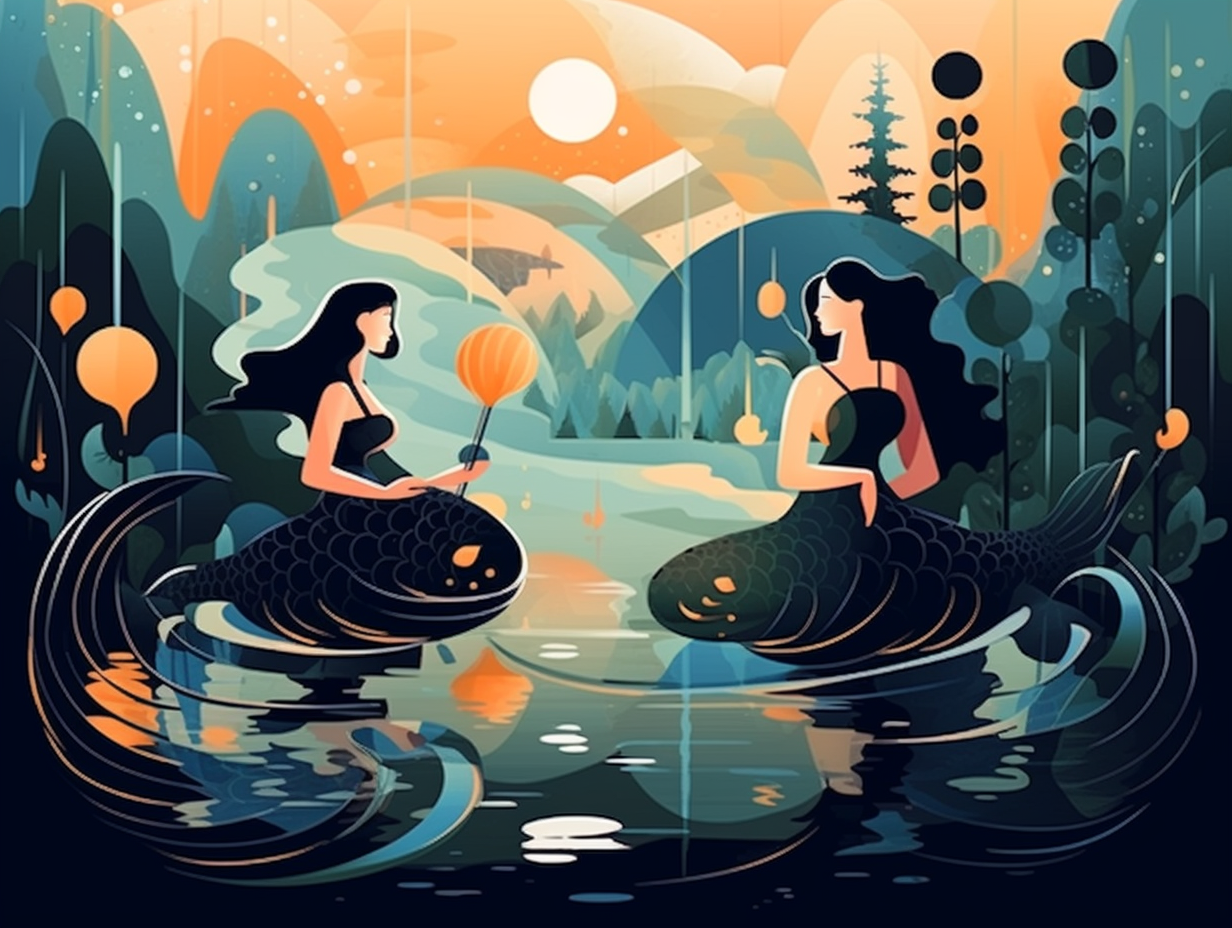
1. Starbucks' Siren Origins
Whoever said coffee had nothing to do with mythological creatures clearly didn't know a latte about Starbucks: The Starbucks logo actually features a twin-tailed siren from a 16th-century Norse woodcut and not a mermaid, as many believe. Redesigned in 2011, the siren's hair resembles ocean waves to represent Seattle's proximity to the sea, and her enhanced feminine features contrast with traditional, dangerous siren imagery—all while ditching the accompaniment of text or stars.
Source => designbro.com
2. Clamshell Mirrors & Medieval Mermaids
Who needs glass slippers when you can have clamshell mirrors?: In medieval manuscripts, mermaids were often illustrated holding mirrors and combs, not as a nod to vanity but as a reflection of their feminine nature and mythical status. Inclusion in British Bestiaries confirms that they were seen more as a unique type of sea creatures, with their mirrors initially being shells or clams to signify their oceanic ties.
Source => artmirrorsart.wordpress.com
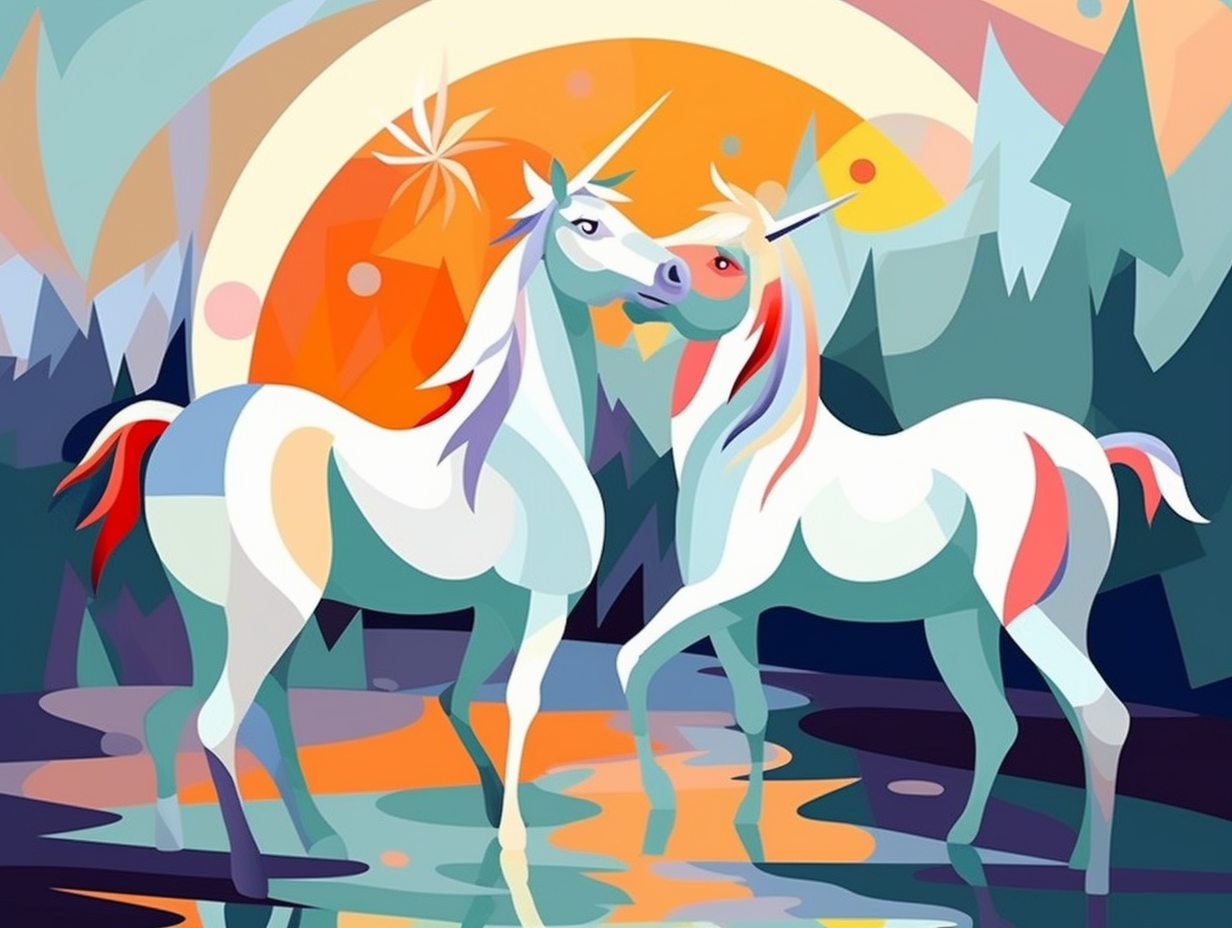
Did you know that unicorns secretly morphed into Arctic whales called narwhals? Discover how their magical horns were once believed to have healing properties and fooled people in medieval times! 🦄➡️🐋
=> Fun Facts about Unicorns
3. Vaporeon & Mermaid Mythology
Before the Siren's call, there was the Vaporeon's splash: this Water-type Pokémon, with its dazzling aquatic acrobatics and deceptive tail fin, has been swimming circles around myth-makers for centuries. Feast your eyes upon the potential origin of mermaid folklore: the sightings of this mischievous creature mistaken for the legendary half-human, half-fish beauties we've long been enchanted by!
Source => bulbapedia.bulbagarden.net
4. Mermaids & Manatees Connection
Call it the "Mermen-atee connection": These mythical sirens of the sea may have been inspired by real-life sirenians, such as manatees and dugongs, who gracefully perform their not-so-little mermaid impersonations from afar. Cue the serious reveal: The most colossal of these sea cows, Steller's Sea Cow, once dominated the oceans at 33 feet long and a whopping 24,000 pounds, but sadly, they're now extinct due to human interference and habitat destruction.
Source => sites.psu.edu

5. Bird-legged Sirens
Before they had a tail to tell, sirens in Greek mythology were caught between a rock and a musical place, flaunting the head of a woman and legs of an awkward bird: As it turns out, the original sirens weren't always fishy femme fatales – earlier artistic interpretations featured them as birds with women's heads or as human women with bird legs, serenading sailors with their melodious tunes, while it was only later versions which morphed them into the iconic mermaids we know today.
Source => study.com
6. Jiāorén: The Weaving Mermaid
Who said mermaids can't multitask under the sea? Seam-stressed Jiāorén was way ahead of her time, weaving underwater fashion while churning out the ocean's most prized accessories: According to the legends documented in "In Search of the Supernatural," the Chinese mermaid Jiāorén was renowned for her incredible weaving skills, spending her days crafting intricate cloth designs in the South Sea, and when she cried, her tears would magically turn into exquisite pearls.
Source => ziseviolet.tumblr.com
7. "Daughters of the Air" Original Title
Just when you thought the airwaves were safe from fishy business: "The Little Mermaid" was originally titled "Daughters of the Air," where our dear mermaid becomes a spirit of the air post demise, with 300 years of good deeds ahead to earn her very own soul—making the heated debate among critics seem more like a splash in the pan.
Source => en.wikipedia.org
8. Mermaid Bachelorettes
Have you heard about the original Bachelorette Mermaid Edition? These underwater beauties had a splashin' good time searching for Mr. Right and a ticket to humanity: In European folklore, mythical women such as the Hulder would marry human men not just for love, but in a bid to gain a human soul, transform into a human, and leave their aquatic lives behind, much like the story of "The Little Mermaid".
Source => mythosblog.org
9. Slavic Rusalki: Fertility Symbols
Before they became the ultimate sirens, luring hopeless sailors to their watery end, these mystical maidens had the rather serious side gig of being agricultural sprinklers: In Slavic mythology, rusalki, the mermaid-like water spirits, were initially symbols of fertility and believed to provide life-giving moisture to crops and forests. But don't think they've been completely domesticated - during the traditional Slavic festival, Rusalki Week, in June, people still avoid swimming in bodies of water, lest they meet these enchanting but potentially hazardous creatures.
Source => ancient-origins.net
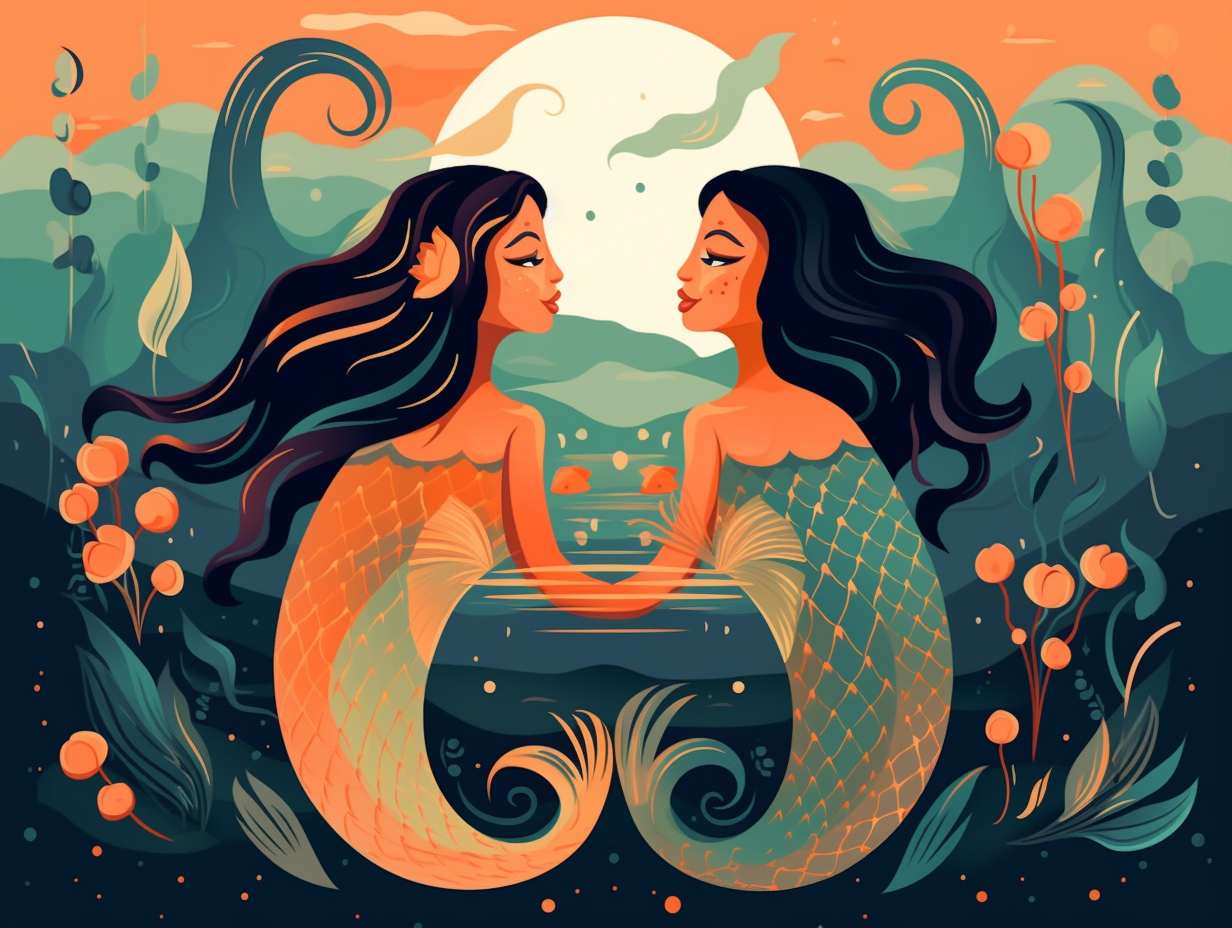
10. Multicultural Mermaid Folklore
From hair-flipping sirens to vicious aquatic vampire hybrids, mermaids around the world are making a splash in global folklore: A multitude of multicultural mermaids like Japan's Ningyo, Australia's Yawkyawk, Haiti's La Sirene, Brazil's Iara, North America's Sedna, Mami Wata and Yemoja in African cultures, and even the fearsome sharp-toothed Mondao in Zimbabwe and flood-causing Karoo from South Africa, prove that Ariel and Ursula are just the tip of a very diverse iceberg.
Source => tor.com
11. Bearded Aquaman's Cousin
If you think Aquaman had a cousin with a beard and a knack for escaping the clink, you might be onto something: In the 13th century, Ralph of Coggeshall, a Cistercian monk, recorded a bizarre tale involving a hairy, bearded "wild man" with humanoid limbs caught by fishermen near Orford Castle, who was then detained in the castle's custody, only to be eventually released back into the sea with precautionary nets.
Source => bitaboutbritain.com
Related Fun Facts



